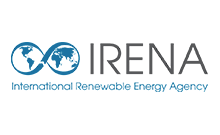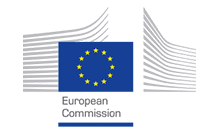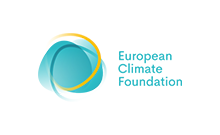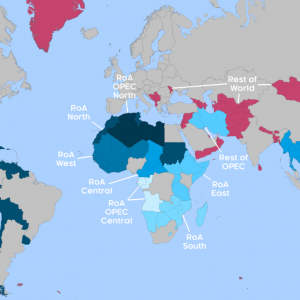
What is E3ME?
E3ME is a macro-econometric model designed to assess global policy challenges. It is the most advanced econometric model in the world and is widely used for policy assessment, forecasting and research purposes. The model is owned and maintained by Cambridge Econometrics.
What policy areas does it cover?
E3ME is a macroeconomic model that integrates a range of social and environmental processes. The two-way linkages between the economy, wider society and the environment are a key feature of the model. E3ME is designed to address national and global economic and economy-environment policy challenges but can be applied to other policy areas due to its in-built adaptability. The model has been used in policy areas as diverse as climate change, gender equality and Brexit.
How does E3ME differ from other macro-econometric models?
E3ME differs from most mainstream models in that it provides a strong empirical basis for analysis.
It can fully assess both short and long-term impacts and is not limited by many of the restrictive assumptions common to Computable General Equilibrium (CGE) models.
E3ME does not assume optimising behaviour and full utilisation of resources. It therefore includes real-world features such as involuntary unemployment.
The depiction of the financial sector in E3ME (including ‘endogenous money’) is now recognised by central banks as an accurate representation.
A core feature of the model is its treatment of technology, which will be key to meeting many of the policy challenges the model is used to assess. The FTT models of technology diffusion provide a representation of the adoption of new technologies.
Our Clients include






Latest Developments
E3ME adds detailed regional coverage of Africa and OPEC countries

E3ME adds detailed regional coverage of Africa and OPEC countries
As African countries and OPEC member states play an increasingly important role in a multipolar world, we need detailed modelling analysis of these regions more than ever. Michael McGovern explains how CE have enhanced the global E3ME model’s coverage of this part of the world,…
Modelling the regional impacts of macro scenarios: Just transition in the Czech Republic

Modelling the regional impacts of macro scenarios: Just transition in the Czech Republic
In response to the increasing policy need to assess the distributional effects of transition to low-carbon economy, Cambridge Econometrics has developed a novel method to model local impacts, by disaggregating E3ME simulation results into regional (NUTS-2) estimates. This article…
Back to our roots: E3ME and Michał Kalecki

Back to our roots: E3ME and Michał Kalecki
As Cambridge Econometrics’ macroeconometric model, E3ME, just passed its 25th birthday, Chief Economist Hector Pollitt discusses some roots of the model and the relevance of Michał Kalecki’s work to its theoretical underpinnings.
A theory is a short cut for remembering informat…
Switzerland’s energy system: How E3ME worked with STEM, the Swiss energy system model

Switzerland’s energy system: How E3ME worked with STEM, the Swiss energy system model
Commissioned by the Swiss Federal Office of Energy (SFOE), Cambridge Econometrics worked together with the Swiss Paul Scherrer Institute (PSI) to study the link between energy pricing and the energy consumption of electricity and natural gas in Switzerland. Dora Fazekas explains …
Circular economy modelling in Africa – introducing FRAMES

Circular economy modelling in Africa – introducing FRAMES
Cambridge Econometrics recently coproduced a series of reports on the ‘Circular Economy in the EU-Africa Cooperation’ for the European Commission’s DG Environment. Part of Cambridge Econometrics’ contribution included analysis using FRAMES, a new modelling tool developed …



